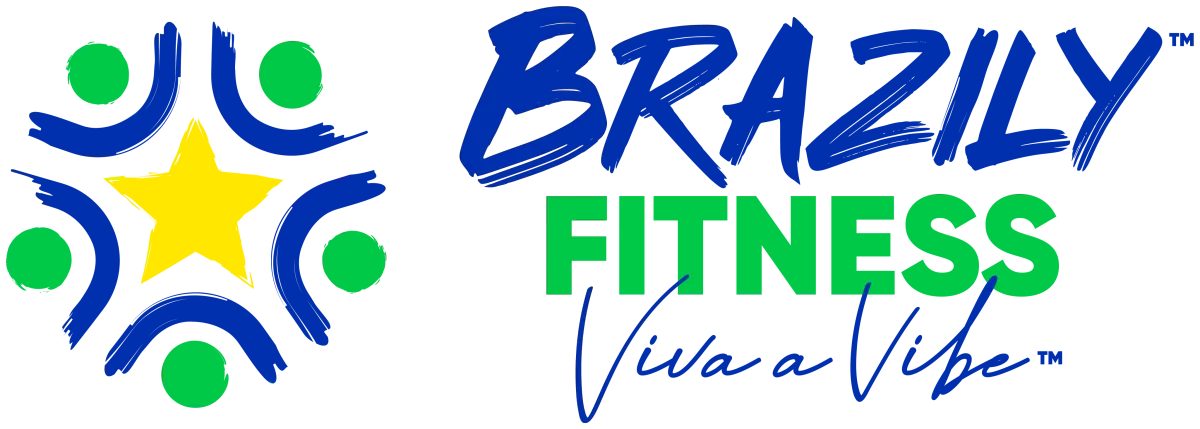
The Transformative Power of Brazilian Dance: A Celebration of Diversity and Unity
The Transformative Power of Brazilian Dance: A Celebration of Diversity and Unity
Brazilian dance, with its vibrant rhythms and captivating movements, goes beyond mere artistic expression. It has evolved into a dynamic force enriching the cultural landscape and acting as a powerful vehicle for celebrating diversity and fostering unity. This exploration delves into the multifaceted world of Brazilian dance, unravelling its influence on the cultural tapestry and its ability to bring people together from all walks of life.
Exploring the Mosaic of Brazilian Dance Styles
At the heart of Brazilian dance lies Samba, a rhythmic celebration reflecting the vibrant essence of the nation. Originating from Afro-Brazilian traditions, Samba has evolved into diverse styles, each reflecting unique cultural influences from different regions. From the exuberant Rio Carnival to the soulful Samba de Roda of Bahia, this dance form embodies the diversity within Brazil itself.
Forró, originating in the northeast, fosters connection and community. Its partner dance format creates an intimate space where people of all ages and backgrounds come together, transcending language barriers to celebrate shared joy. Forró's adaptability has made it a global phenomenon, promoting cultural exchange and appreciation.
Brazilian Funk, rooted in Rio's urban beats, is a powerful expression of identity and resilience. This energetic dance form mirrors the social realities of marginalized communities, serving as a platform for self-expression and empowerment that resonates with diverse audiences worldwide.
Dance as a Cultural Celebration
Brazilian dance takes center stage during cultural festivals throughout the country. From the traditional Maracatu parades in Pernambuco to Salvador's Carnival influenced by Afro-Brazilian culture, these festivals showcase Brazil's diverse cultural heritage. Dance becomes a language communicating stories of history, identity, and collective pride.
The accessibility of Brazilian dance education plays a crucial role in democratizing the art form. Dance schools and community workshops offer spaces where individuals from various backgrounds can engage with Brazilian dance styles. In these settings, diversity is celebrated and becomes an integral part of the learning experience, fostering cross-cultural understanding.
Afro-Brazilian dance forms, deeply rooted in the history of enslaved Africans, are powerful expressions of cultural identity. From the intricate movements of Capoeira to the sacred dances of Candomblé, these forms preserve and celebrate the rich heritage of Afro-Brazilian communities, passing down stories, traditions, and a profound sense of belonging.
Brazilian Dance and Social Change
Brazilian dance has proven to be a catalyst for social change, especially in marginalized communities. Initiatives that use dance for empowerment, such as dance schools in favelas, demonstrate the transformative power of movement. Through dance, individuals gain confidence, purpose, and a positive outlet for self-expression.
Brazilian dance challenges stereotypes and fosters a nuanced understanding of Brazilian culture. The images of joy, resilience, and creativity portrayed through dance counteract one-dimensional narratives, contributing to a more inclusive representation of Brazil's cultural richness.
In a vast and diverse country like Brazil, dance becomes a bridge between communities. Whether during Carnival in Rio or in community centers offering dance classes, people from various backgrounds come together through a shared love for movement, fostering connections across societal divisions.
Global Reach and Impact
The globalization of Brazilian dance has positioned it as a cultural ambassador on the global stage. Samba, in particular, is synonymous with Brazil's identity and is featured prominently in international events. Brazilian dance styles traveling beyond borders carry not just rhythms but also stories and the spirit of Brazil.
International dance festivals dedicated to Brazilian dance provide a platform for cultural exchange, enriching Brazilian dance on a global scale. In the digital age, online platforms connect global communities interested in Brazilian dance, fostering learning and collaboration.
Conclusion
Brazilian dance, with its diverse styles and cultural influences, celebrates the country's rich diversity. It is not just an artistic expression but a celebration of identity, a catalyst for social change, and a unifying force transcending borders. As Brazil's dance forms captivate hearts worldwide, they remind us of the transformative power of movement in fostering understanding, appreciation, and unity across the beautifully diverse tapestry of the global community. In dance, we find a shared language that speaks to the universal desire for connection, celebration, and the joy of being alive.
Brazily Fitness Blog

The Transformative Power of Brazilian Dance: A Celebration of Diversity and Unity
The Transformative Power of Brazilian Dance: A Celebration of Diversity and Unity
Brazilian dance, with its vibrant rhythms and captivating movements, goes beyond mere artistic expression. It has evolved into a dynamic force enriching the cultural landscape and acting as a powerful vehicle for celebrating diversity and fostering unity. This exploration delves into the multifaceted world of Brazilian dance, unravelling its influence on the cultural tapestry and its ability to bring people together from all walks of life.
Exploring the Mosaic of Brazilian Dance Styles
At the heart of Brazilian dance lies Samba, a rhythmic celebration reflecting the vibrant essence of the nation. Originating from Afro-Brazilian traditions, Samba has evolved into diverse styles, each reflecting unique cultural influences from different regions. From the exuberant Rio Carnival to the soulful Samba de Roda of Bahia, this dance form embodies the diversity within Brazil itself.
Forró, originating in the northeast, fosters connection and community. Its partner dance format creates an intimate space where people of all ages and backgrounds come together, transcending language barriers to celebrate shared joy. Forró's adaptability has made it a global phenomenon, promoting cultural exchange and appreciation.
Brazilian Funk, rooted in Rio's urban beats, is a powerful expression of identity and resilience. This energetic dance form mirrors the social realities of marginalized communities, serving as a platform for self-expression and empowerment that resonates with diverse audiences worldwide.
Dance as a Cultural Celebration
Brazilian dance takes center stage during cultural festivals throughout the country. From the traditional Maracatu parades in Pernambuco to Salvador's Carnival influenced by Afro-Brazilian culture, these festivals showcase Brazil's diverse cultural heritage. Dance becomes a language communicating stories of history, identity, and collective pride.
The accessibility of Brazilian dance education plays a crucial role in democratizing the art form. Dance schools and community workshops offer spaces where individuals from various backgrounds can engage with Brazilian dance styles. In these settings, diversity is celebrated and becomes an integral part of the learning experience, fostering cross-cultural understanding.
Afro-Brazilian dance forms, deeply rooted in the history of enslaved Africans, are powerful expressions of cultural identity. From the intricate movements of Capoeira to the sacred dances of Candomblé, these forms preserve and celebrate the rich heritage of Afro-Brazilian communities, passing down stories, traditions, and a profound sense of belonging.
Brazilian Dance and Social Change
Brazilian dance has proven to be a catalyst for social change, especially in marginalized communities. Initiatives that use dance for empowerment, such as dance schools in favelas, demonstrate the transformative power of movement. Through dance, individuals gain confidence, purpose, and a positive outlet for self-expression.
Brazilian dance challenges stereotypes and fosters a nuanced understanding of Brazilian culture. The images of joy, resilience, and creativity portrayed through dance counteract one-dimensional narratives, contributing to a more inclusive representation of Brazil's cultural richness.
In a vast and diverse country like Brazil, dance becomes a bridge between communities. Whether during Carnival in Rio or in community centers offering dance classes, people from various backgrounds come together through a shared love for movement, fostering connections across societal divisions.
Global Reach and Impact
The globalization of Brazilian dance has positioned it as a cultural ambassador on the global stage. Samba, in particular, is synonymous with Brazil's identity and is featured prominently in international events. Brazilian dance styles traveling beyond borders carry not just rhythms but also stories and the spirit of Brazil.
International dance festivals dedicated to Brazilian dance provide a platform for cultural exchange, enriching Brazilian dance on a global scale. In the digital age, online platforms connect global communities interested in Brazilian dance, fostering learning and collaboration.
Conclusion
Brazilian dance, with its diverse styles and cultural influences, celebrates the country's rich diversity. It is not just an artistic expression but a celebration of identity, a catalyst for social change, and a unifying force transcending borders. As Brazil's dance forms captivate hearts worldwide, they remind us of the transformative power of movement in fostering understanding, appreciation, and unity across the beautifully diverse tapestry of the global community. In dance, we find a shared language that speaks to the universal desire for connection, celebration, and the joy of being alive.







